Archive
2021
KubaParis
A Trail Amongst Ruins


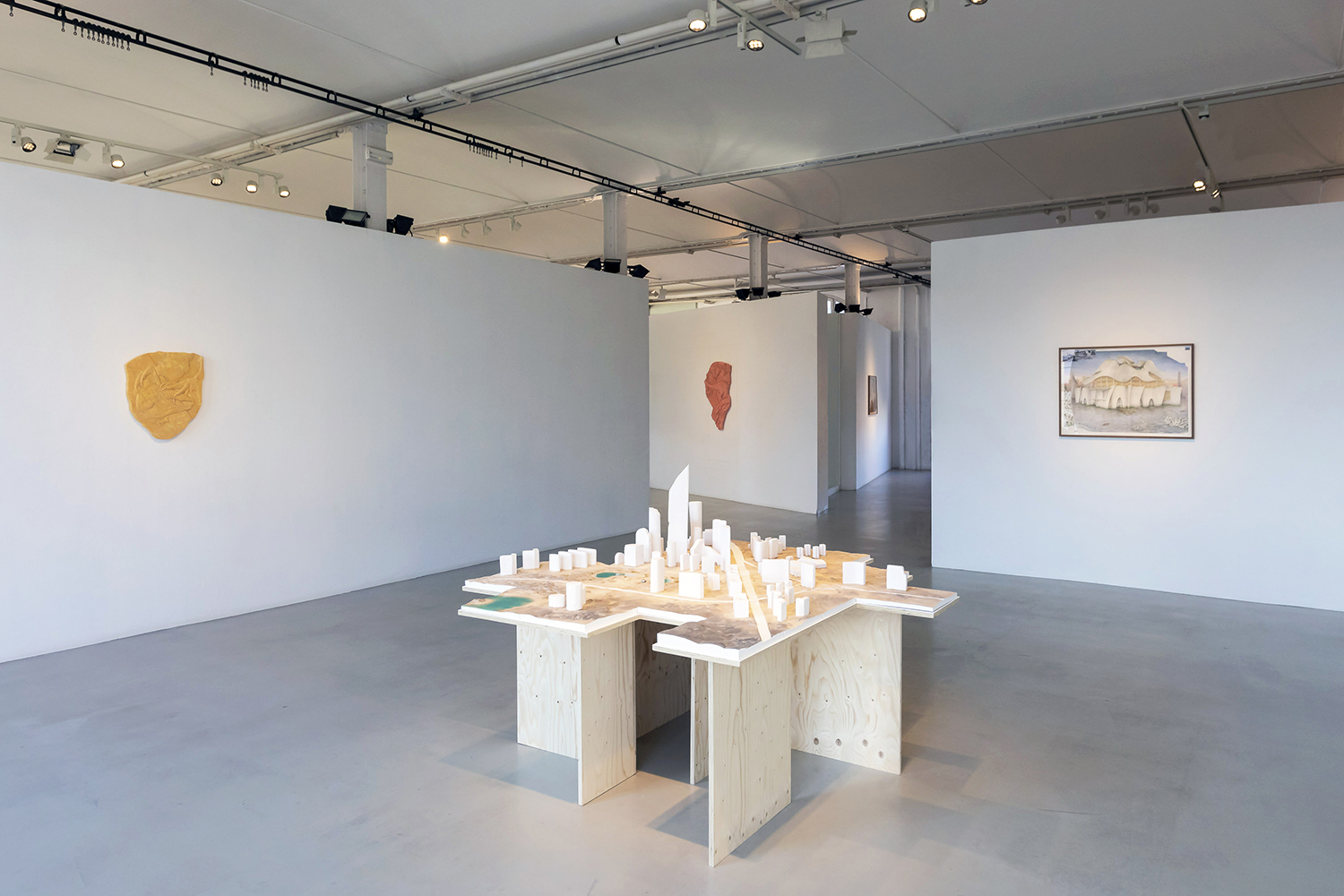
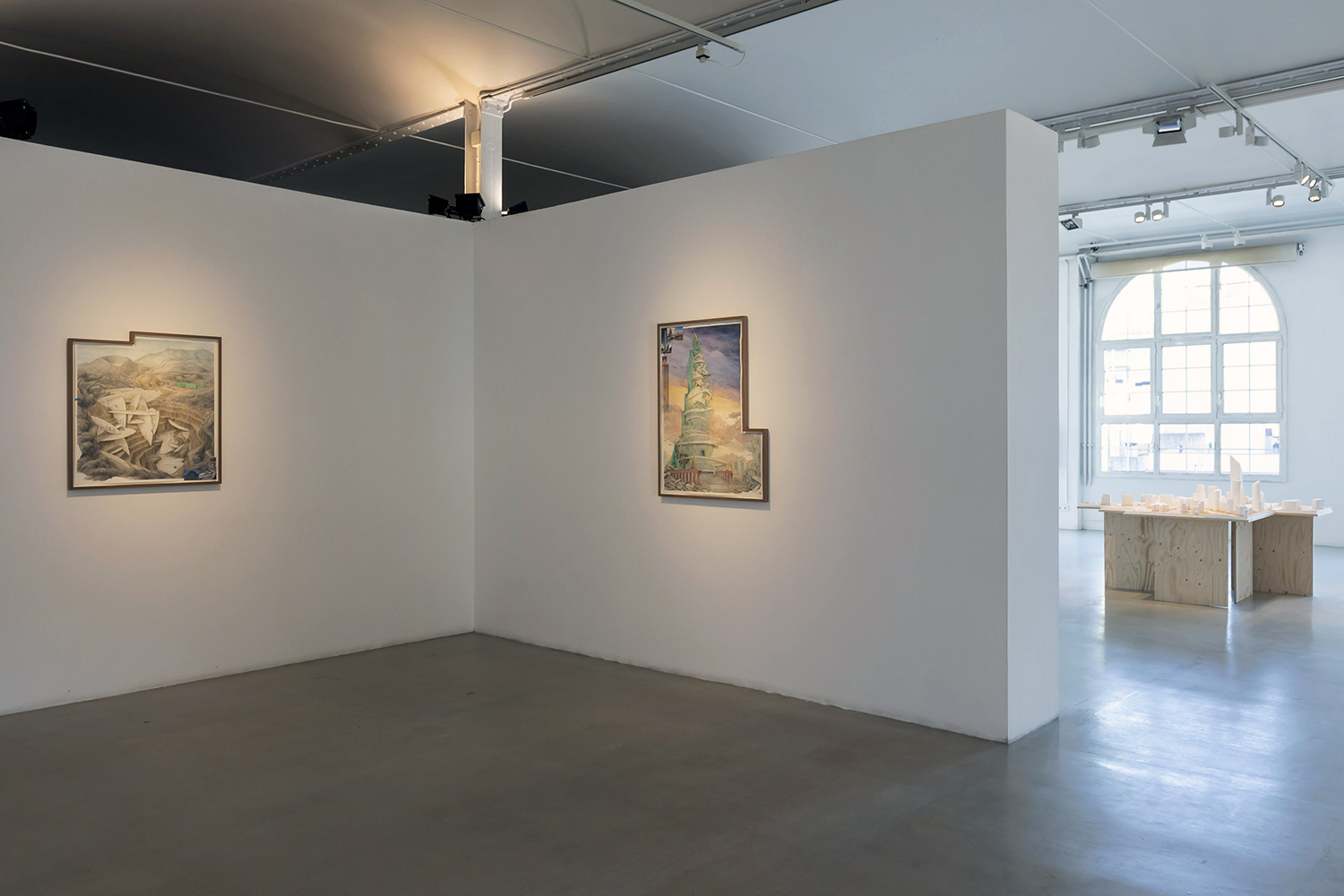
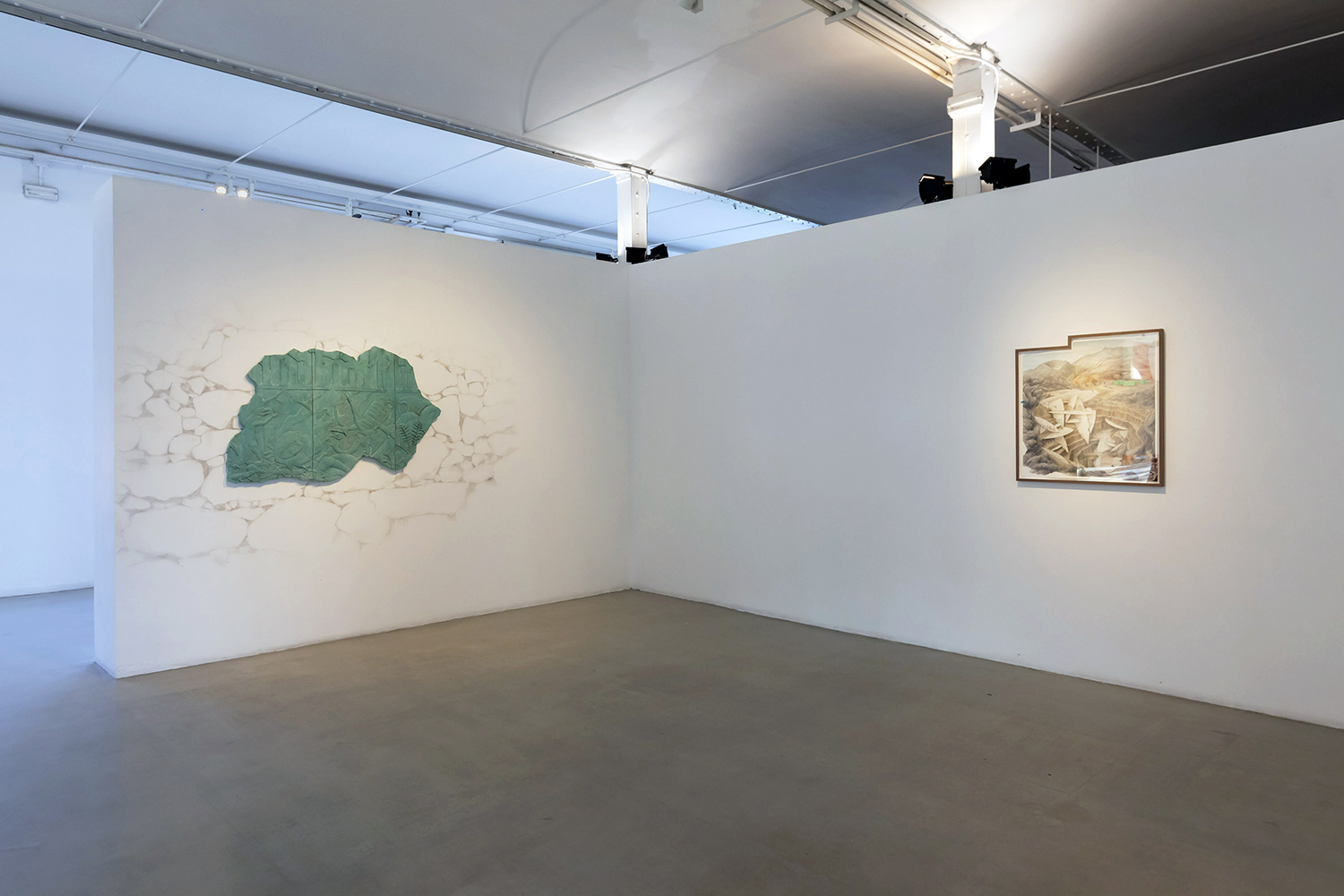


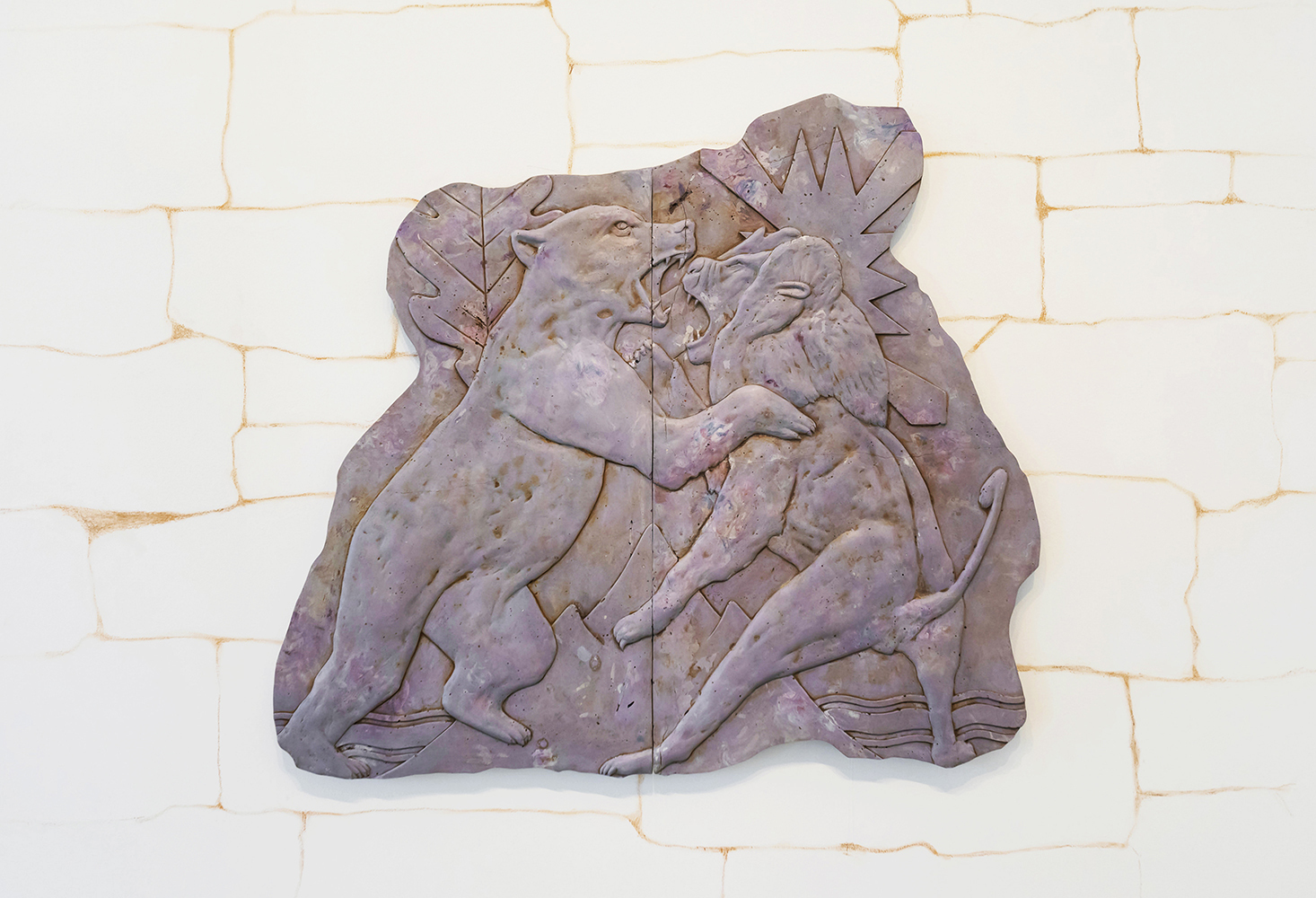
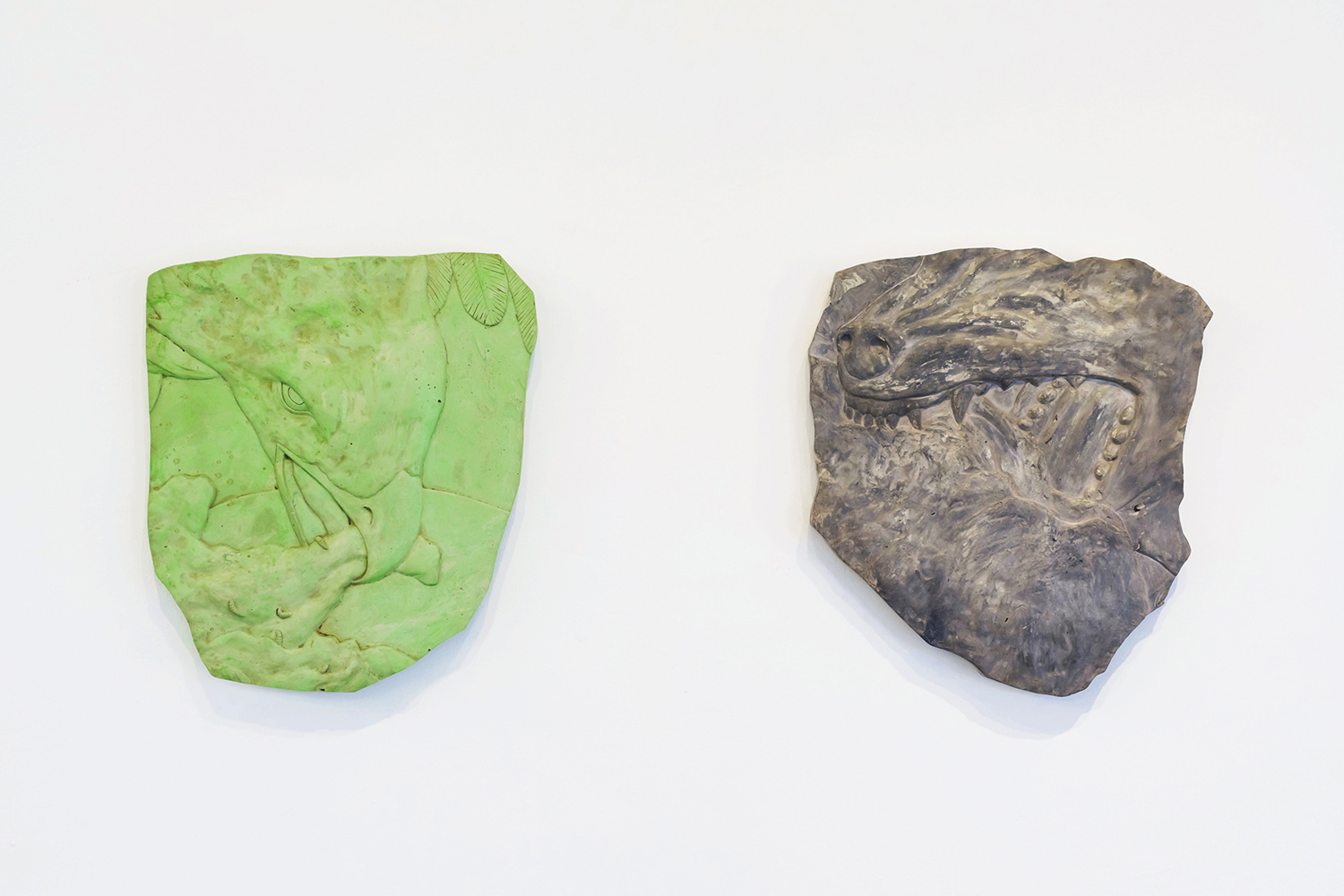
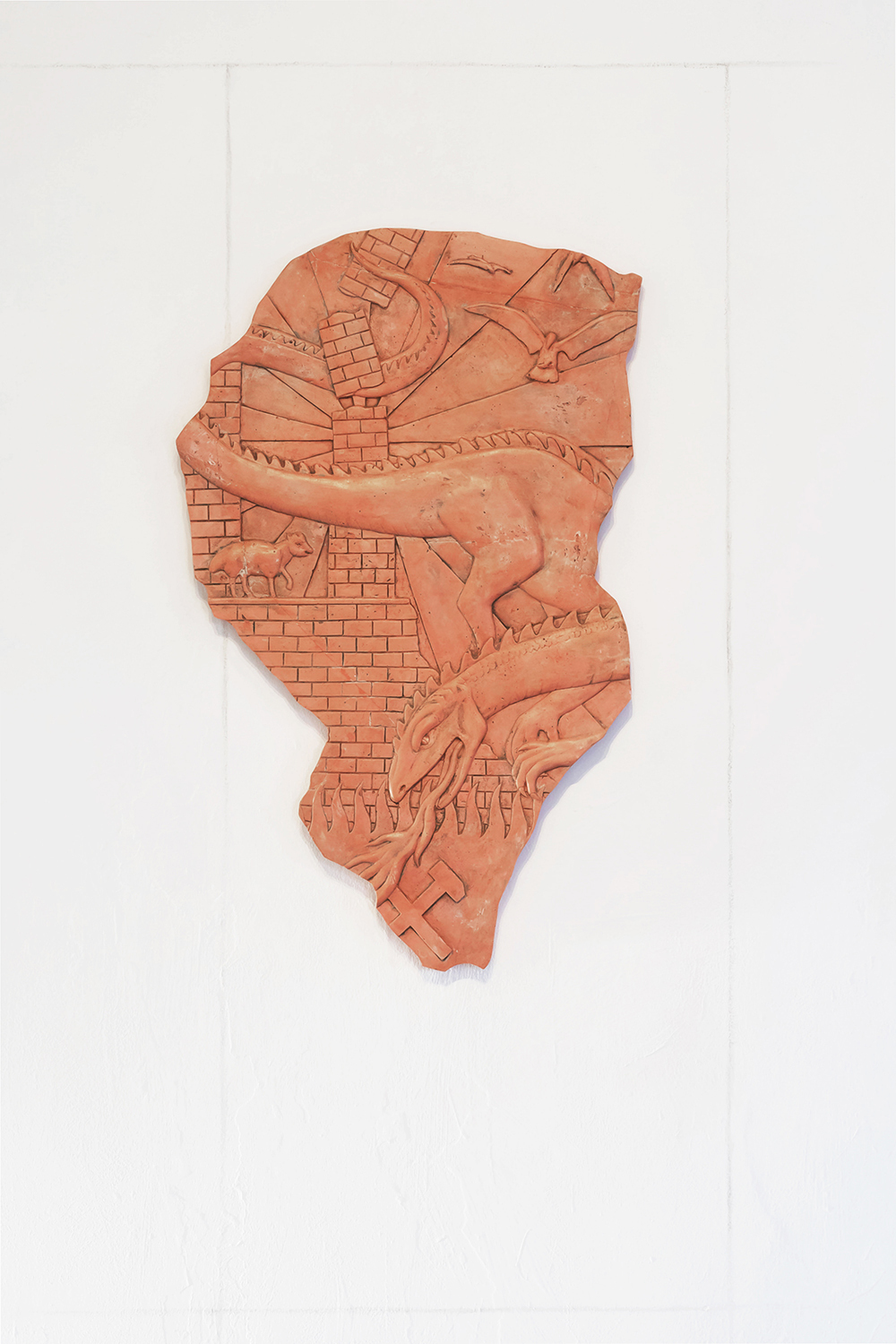

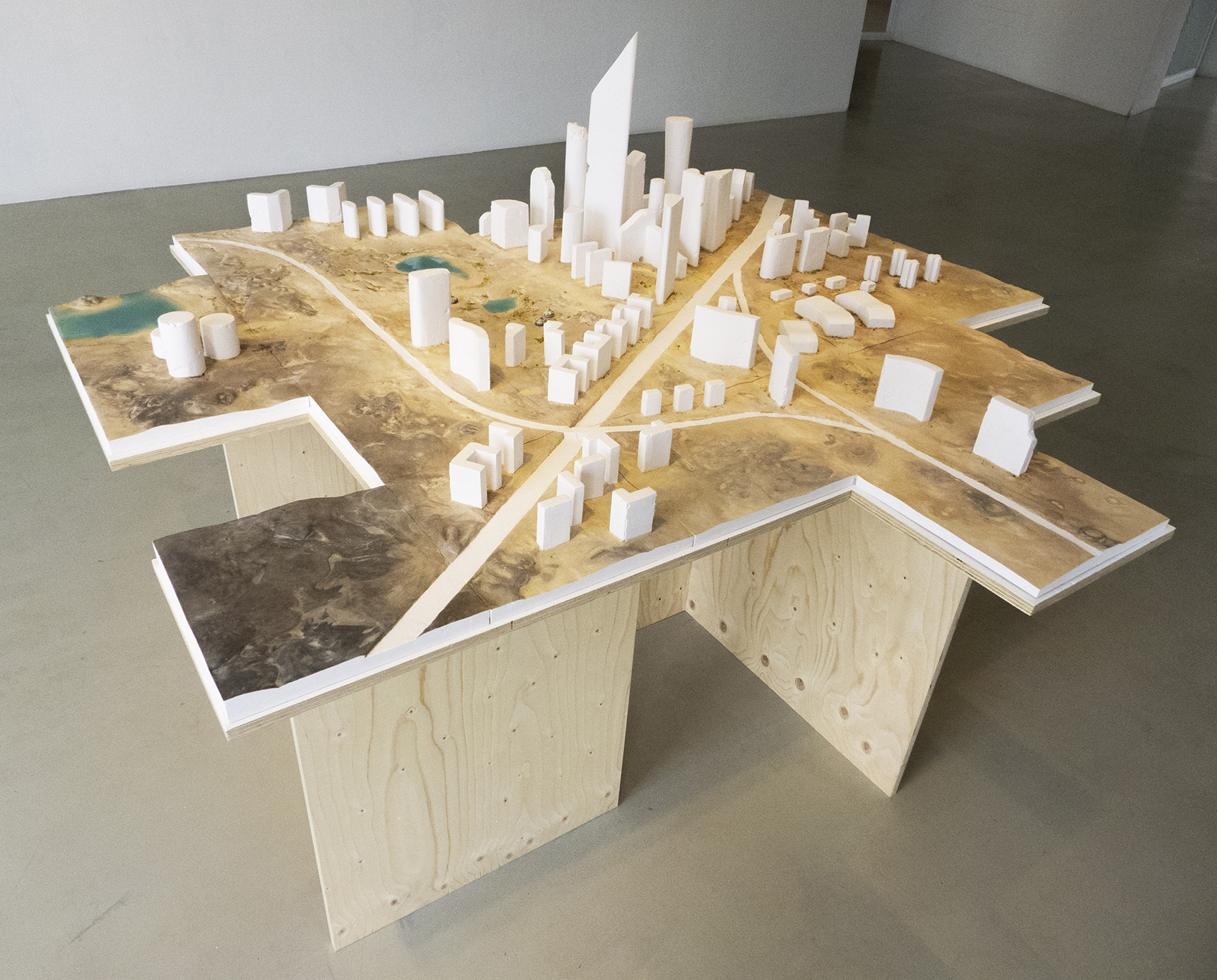
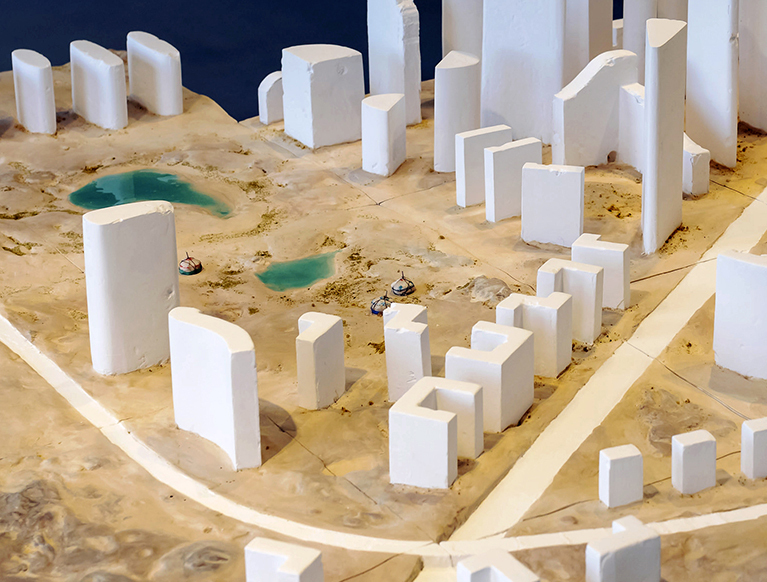






Location
Can Felipa, BarcelonaDate
26.04 –16.07.2021Curator
-Photography
Marc LliureSubheadline
<em>A Trail Amongst Ruins</em> suggests an itinerary through two recent projects by Ignacio García Sánchez. A common starting point is found in an interest to analyse and reinterpret symbols selected by certain human institutions to represent themselves and legitimise their power. The concept of architectural ruin is the connecting thread that problematizes the relationship of these constructions (material and ideological) with their environment and the passage of time.Text
A Trail Amongst Ruins suggests an itinerary through two recent projects: Wolves Are Fiercer on the Other Side and One Thousand Years of Contemporary Architecture. A common starting point is found in an interest to analyse and reinterpret symbols selected by certain human institutions to represent themselves and legitimise their power. The concept of architectural ruin is the connecting thread that problematizes the relationship of these constructions (material and ideological) with their environment and the passage of time.
When some human groups settled permanently on land suitable for agriculture, it was not long before they began to build ditches, palisades and parapets to keep themselves protected from the rest of the peoples who, like themselves until recently, maintained a nomadic way of life. The barriers that later became walls delimited the separation between what we have come to call civilization and its exterior. On the other side, remained the barbarians.
These early sedentary cultures identified those who lived outside the cities with wolves, bears, lions, and other non-domesticated animals. However, later on the same beasts, birds of prey and mythological creatures would go from being used to describe the indomitable ferocity of "wild" peoples to become symbols of "civilized" power. Nobility, impetus or courage, qualities associated with carnivorous animals chosen as ensign by various political entities, can also be understood as euphemisms to designate aggressiveness, violence and desire for domination.
Wolves Are Fiercer on the Other Side materializes in a set of fragmentary bas-reliefs. This format, halfway between drawing and sculpture, functions both as an ornament of a given surface and as a narrative medium. Some of the reliefs are superimposed on synthetic drawings alluding to different walls erected by disappeared civilizations. The dust of adobe bricks, stone blocks or concrete slabs outlines the contours of inconsistent walls, adorned by allegories of their own ruin.
Albert Speer, chief architect of the Third Reich, praised the superiority of buildings designed having in mind the appearance of their future vestiges. With this idea he recovered a tradition that had its peak in the 18th century, when similar approaches led to the construction of artificial ruins from scratch. This project explores the relationship and the possible contradictions between the aesthetics of Romantic inspiration and the predominant way of understanding architecture today.
The chosen media are based on visual languages commonly used to show architectural works still to be built, thus thematizing the tension between the real building and that representation of it that is the architect's project. In a series of imaginary constructions, the characteristic styles of some "starchitects" of our century have been applied to functionalities more typical of former ages. Furthermore, the utopian character inherent in the preview of the projected building overlaps with the image of its deterioration, caused by interaction with reality over a long period of time.
Although the architecture-fiction outlined in One Thousand Years of Contemporary Architecture were never built, it is very probable that some of the causes of its decline bear similarities with events to come. Witnessing the collapse of certain physical structures leads us to think about the symbolic downfall of the world view that made its existence possible. The ruins serve as a reminder both of the fragility of the materials with which we build our present and of the impossibility of foreseeing how and when exactly the future will surprise us.
Ignacio García Sánchez